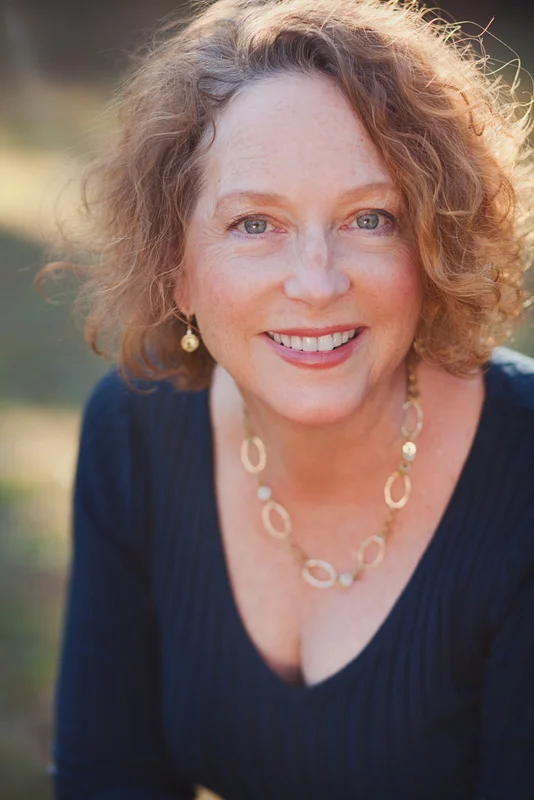Sara Baker is a fiction writer and poet, whose own journey with chronic illness led her to create the Woven Dialog Workshops, writing workshops that aid in facilitating the healing process. Read her pieces, “The Sun in Cannes” and “What Do The Dying Want?” in the Spring 2015 Intima and atsaratbaker.wordpress.com.
I am moved by H. Lee Kagan’s piece, “Ready or Not” (Field Notes, Spring 2014 Intima), which describes his instinct as a newly minted doctor to sit by a dying woman’s bed, urged by the imagined voice of his mother, who says: “Sit with her. She shouldn’t be alone.” He writes, “I could not bring to mind a lecture that covered this.” Twenty-seven years old, never having been to a funeral or experienced a death, he sits by the woman’s bed, even though he repeatedly asserts, “I am not ready.”
Most of us are not prepared for our role—medical or otherwise—with a person who is dying. We are not around death often, and we feel awkward and unsure of ourselves when confronted with it. In my poem, “What Do the Dying Want?” I give voice to this dilemma—do the dying want words or silence or music? Do they want to be touched or “to be left alone, to slip modestly/from their bodies when no one is looking, to leave without a fuss?” Just as in Kagan’s piece, we have never been taught. So then what do we do?
In Emily Lackey’s story, “Caretaking” (Fiction, Spring 2014 Intima), a young girl afraid of death sits with a dying woman. She doesn’t know what she can do until she remembers her mother comforting her when she was a frightened child, “….what I do remember is how she would rub my back: the weight and warmth of her hand tracing slow circles on my body until my skin was buzzing and I was fast asleep. Knowing that she was beside me, feeling her there, was all I needed to feel safe, to be still.” Understanding that the woman next to her is also frightened, she does the most instinctive thing—she takes her hand.
We may not have been taught what to do, but I believe if we listen to our hearts, we will know, just as Emily Lacky and H. Lee Kagan knew, instinctively, what they could do. When my aunt was dying in the hospital, I returned to my vigil by her bedside to find the lights lowered and her young nurse lovingly massaging her feet with scented oil. She had taken her own lunch hour to stay with my aunt so I could have a break. Had she been taught such tenderness in nursing school? I doubt it. I think she just knew what to do.
Sara Baker is a fiction writer and poet, whose own journey with chronic illness led her to create the Woven Dialog Workshops, writing workshops that aid in facilitating the healing process. Read her pieces, “The Sun in Cannes” and “What Do The Dying Want?” in the Spring 2015 Intima and atsaratbaker.wordpress.com.
© 2015 Intima: A Journal of Narrative Medicine

